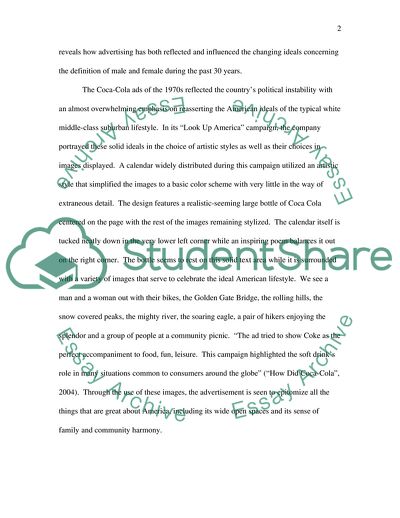Cite this document
(How Has the Portrayal of Men and Women in the Media Changed Over the Article, n.d.)
How Has the Portrayal of Men and Women in the Media Changed Over the Article. https://studentshare.org/media/1703784-how-has-the-portrayal-of-men-and-women-in-the-media-changed-over-the-past-30-years
How Has the Portrayal of Men and Women in the Media Changed Over the Article. https://studentshare.org/media/1703784-how-has-the-portrayal-of-men-and-women-in-the-media-changed-over-the-past-30-years
(How Has the Portrayal of Men and Women in the Media Changed Over the Article)
How Has the Portrayal of Men and Women in the Media Changed Over the Article. https://studentshare.org/media/1703784-how-has-the-portrayal-of-men-and-women-in-the-media-changed-over-the-past-30-years.
How Has the Portrayal of Men and Women in the Media Changed Over the Article. https://studentshare.org/media/1703784-how-has-the-portrayal-of-men-and-women-in-the-media-changed-over-the-past-30-years.
“How Has the Portrayal of Men and Women in the Media Changed Over the Article”. https://studentshare.org/media/1703784-how-has-the-portrayal-of-men-and-women-in-the-media-changed-over-the-past-30-years.


